#35mm film camera
Explore tagged Tumblr posts
Text

Gay Son Thot Daughter
June 30, 2024
Location: San Francisco, California
#photoblog#photography#photo blog#photographers of tumblr#photographers on tumblr#film photography#color film#film camera#film#35mm photography#35mm#35mm film#35mm color film#lgbt pride#lgbtq#pride#queer pride#pride month#pride 2024#gay son or thot daughter#brat summer#san francisco#california#iye415
46K notes
·
View notes
Text
Kodak Retina Model 117
I purchased this original Kodak Retina 117 with a group of various Kodak and other branded cameras from the daughter of a Kodak engineer several years ago. She mentioned that the Retina was in his office in Rochester and was one of his favorite cameras, and she could remember him using it to take family photos. She didn't know what this model was other than it was the camera that Dad used to take family photos with.
These stories bring a human element to purchasing items from family members. The cameras are not just mechanical items, which I happen to enjoy, but they are objects that evoke memories of dad, mom, aunt, or uncle holding the camera and taking photos at family Bar-B-Ques, birthday parties, Christmas morning, and so many other memories families have together.
When the group of cameras arrived, I knew there was an early Retina in the group. Still, I didn't realize that it was the first Retinas model to be made. During the unwrapping of the camera, I first noticed how worn the camera's leatherette was. The was smooth in many locations, which gave the first indication that the camera was well used and most likely loved by the person using it. The front door was a bit sticky to open, but that's not unusual for a camera made 90 years ago. I'm sure the spring has lost some of its pulling power with age. Once opened, I wanted first to check the shutter. That seemed in great shape; even the 1 second seemed accurate to the ear. The transport was working, and I didn't see any real issues with the camera. I put it on my shelf with many of the other cameras I have.
This week, while thinking about what camera to write about, I started to look over one of the shelves with cameras, and the Retina popped out to me. I know it was in good working condition, at least when I put it on my shelf a year or so ago. Opening the camera was as good as the day I put it on the shelf, so I decided to put a roll of film into the camera and see what a 90-year-old, German-made 35mm camera could offer.
Retina History
The Kodak Retina series is a fantastic camera design, blending American ingenuity with German precision. Introduced by Kodak in 1934, the Retina cameras were manufactured in Stuttgart, Germany, by Kodak AG, formerly known as Nagel Kamerawerk, which Kodak had acquired in 1931. The Retina line is celebrated for its compact design, quality construction, and innovations in photography, becoming a favorite among amateurs and professionals. The Retina series began with the Kodak Retina I (Type 117), a 35mm folding camera. The Retina was one of the first cameras to use Kodak's new 135 film cartridge, which would become the industry standard. The Retina I was compact, featuring a collapsible lens and a rugged design. The model underwent several iterations, improving lens quality, shutter speeds, and build but always retaining the folding design that defined the early Retinas.
In 1936, Kodak introduced the Retina II (Type 122), which added a coupled rangefinder, making focusing more precise. This feature positioned the Retina as a premium camera for enthusiasts. By the mid-1950s, the Retina line had evolved into non-folding models with the introduction of the Retina Reflex series. These single-lens reflex (SLR) cameras incorporated interchangeable lenses, advanced metering, and a sharp Schneider-Kreuznach or Rodenstock lens, which appealed to serious photographers.
The post-war years saw significant advancements. The Retina IIc and IIIc, introduced in the 1950s, became icons of the series. They featured interchangeable front lens elements, making the cameras versatile while maintaining their compact, folding design. These models also integrated advancements like exposure meters and faster shutters, ensuring the Retina line kept pace with competitors.
The Retina Reflex series launched in 1957, showcasing Kodak's foray into the SLR market. While innovative, these cameras faced stiff competition from Japanese manufacturers like Nikon and Canon. Despite this, they remain a testament to Kodak's ability to innovate during an era of rapid technological change.
By the 1960s, the Retina line gradually faded due to the rise of inexpensive, high-quality Japanese cameras. The last Retina camera, the Retina S2, was produced in 1969. Despite their discontinuation, Kodak Retina cameras remain highly collectible, admired for their craftsmanship and role in popularizing 35mm photography. Their legacy remains a reminder of Kodak's golden era in the photography industry.
My Camera:
My Kodak Retina 117 camera is a wonderfully small and compact camera that you can put into your pocket and travel with very easily. One thing I enjoy about the look of the camera is all the knobs on the outside of the camera are nickel as opposed to the shinier chrome, which can give reflections when using the camera.
The camera is 5" wide, just under 3" tall, and 1.5" deep with the lens closed and 3.5" deep with the front door opened and the lens out, ready to take a photo, and weighs just under a pound at 15.7 oz. My camera has a Schneider-Kreuznach Xenar 5cm f3.5 lens in a Compur-Rapid shutter. The shutter has speeds from 1/500 of a second to 1 second, along with "B" and "T" settings for timed exposures. The aperture of the lens has a range of f3.5 to f16.
To open the lens on the camera, you press a small button on the bottom of the camera. Once depressed, the front door should usually spring open, and the lens, which is on a very short bellows system, should come out into the erect position. As previously mentioned, my front door doesn't spring open, so I needed to give it a little bit of help and pull it open.
Once opened, the camera is relatively straightforward in the settings. The shutter speeds are set by turning a dial on the top of the camera if you have it in the vertical position. Like many Kodak cameras from this era, or for many folding styles of cameras, the front door has the ability to set the camera upright just by pulling out the "Kodak" logo on the front door, which will make for a leg for the camera to rest on if you want to set it down for display or to take a photo. I always do that when in a store or seeing a folding camera on display. I'll flip down the camera's leg, allowing the camera to stand upright instead of on the platform the lens pulls out onto.
A small slider sets the aperture on top of the shutter as you hold the camera horizontally. The focus on the camera is by guess only as this camera doesn't incorporate a rangefinder. This function will come in later models. There are two different sets of focus distance numbers, both on the top of the shutter, but it depends on if you have the camera either vertically, in which the numbers are black, or if you're holding the camera horizontally, then the numbers are red. To focus the lens, there is a small knob on the bottom of the lens as you hold the camera horizontally that rotates the focus collar.
To take a photo, you'll need to cock the shutter with the lever on the top of the shutter while holding the camera vertically. Once the shutter is cocked, the other lever releases the shutter making the exposure. I've seen a very small shutter release button that fits into the cable release socket on the Retina camera. Unfortunately, my camera is missing this. I wish it did have it because when I was taking photos with the camera and looking through the viewfinder on top of the camera, my finger would cover some of the viewfinder, obstructing the subject when releasing the shutter. It wasn't too bad, but the small release would have made the experience a bit better. Now, I'm hunting for a small release to put onto the camera for future use.
To close the front door, the lens must be focused to infinity so it is in the retracted position on the camera. You'll need to depress two small buttons on the lens strut, one on top and one on the bottom, to retract the lens back into the camera body. Once this is done, the front door will click closed.
Loading the camera with film is pretty straightforward. On the side of the camera is a lever you pull down, and the back door unlocks so it can be opened. Loading the film is just like any other 35mm camera. I needed to do a couple of operational things to advance the film to the next frame. Looking on top of the camera going from left to right is the rewind wheel, the frame counter, the viewfinder, a round knurled wheel with an arrow pointing counterclockwise, and the film advance wheel. Inside the advance wheel is a second rotating wheel with a small cutout and arrows pointing in clockwise and counterclockwise directions. This inner wheel can rotate to have either an "A" showing for advancing the film forward or an "R" for rewinding the film into the film canister when all the photos have been taken.
After making an exposure, keep the inner wheel to "A." To wind to the next frame, the knurled wheel just to the left of the advance wheel needs to be turned slightly until you feel a slight release, then you can use the larger wheel to advance to the next frame. If you don't move the knurled ring slightly, the film won't advance. This wheel is the unlocking lever that allows the camera to advance to the next frame. Also, once you load the film, be sure to set the frame counter to the number 1 to keep track of how many exposures you've taken. Once you've taken the entire roll of photos, turn the inner wheel on the advance wheel to the "R" position to rewind the film back into the film cassette. Open the back of the camera and process your film.
My Results:
I loaded the camera with a roll of T-Max 125 film, and while taking our dog, Ernie, a 15-year-old Pug, through the neighborhood, I took photos of things that caught my eye. Here are some of the results of our walk.
Conclusion:
I must be getting better at guessing distance, which has always been a problem (one of many) of mine. I also understand that the sunny day and smaller aperture helped with some of the focusing distances I would generally have with "guesstimate" focusing. Nonetheless, the camera was small, compact, accurate in the exposures, and fun to shoot.
As I previously mentioned, if I could find one of the small shutter release items to add to the cable release socket, this would have helped and made the camera easier to use. Besides that small item, I can see why the previous owner enjoyed shooting with this camera.
While I enjoyed this camera, I have it for sale on my eBay store. If you're interested in this or any other items in my eBay store, please email me to work out a deal.
Thank you for taking a few minutes from your day to read about this fun and historic Eastman Kodak camera. The Retina line of cameras is often overlooked but highly collectible and usable.
Until next week, please be safe.
#Kodak#Kodak Camera#Kodak Retina#Eastman Kodak#George Eastman#Rochester#35mm film#35mm#35mm camera#Camera#camera collecting#Camera for fun#Camera from America#American camera#American made camera#schneider lens#schneider#schneider optics#Copal Shutter#Folding 35mm#Folding 35mm camera#Film#film photography#film camera collector#film camera#35mm film camera#1930s camera#cameras from 1930s#german camera#Camera from Germany
0 notes
Text



Snow on the beach (expired film)
#photographers on tumblr#landscape#film photography#35mm film#winter#analog#expired film#agfafilm#clouds#sunrise#vintage camera#film friday
1K notes
·
View notes
Text
Minolta Film Camera For Sale At The Cheapest Price
Discover the timeless charm of analog photography with the Minolta film camera, now available at an irresistible discounted price for a limited time. Embrace the art of capturing moments with a touch of nostalgia, as this classic camera allows you to experience the beauty of film photography in the digital age. For more details visit the official website.
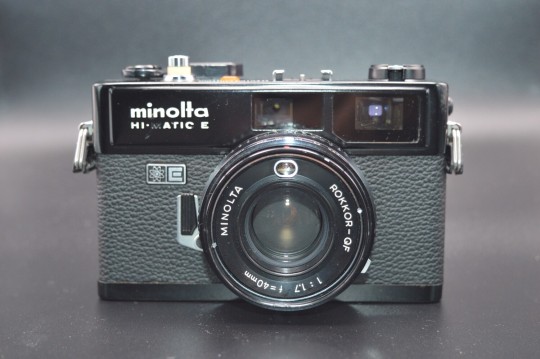
1 note
·
View note
Text
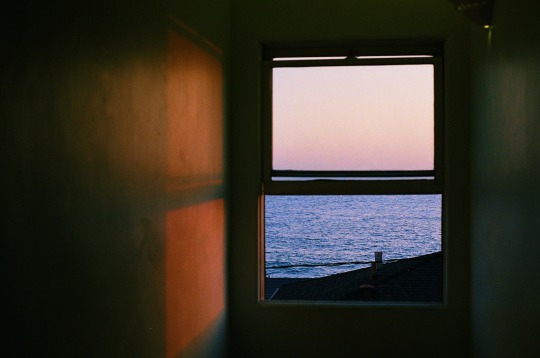
Lagunita, 2019
Sticker here
purgatorie
#purgatorie#35 mm film#35mm#35 mm#film photo#35mm camera#35mm color film#35mm photography#film#laguna beach#laguna#sunset#ocean view#ocean#hotel#analog#analog photography#filmisnotdead#orange county#pch#2019#dreamy#dreamcore#canon film camera#canon photography#canon#sky
6K notes
·
View notes
Text
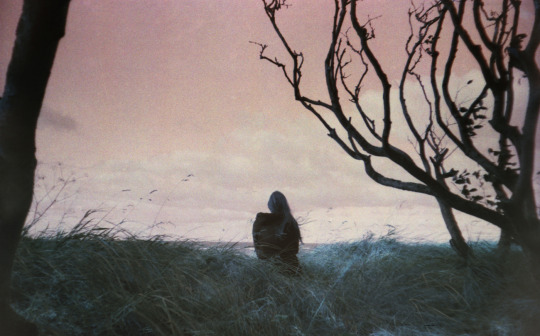
©Philomena Famulok
Dear sea, dear wind...
#philomena famulok#personal#emotion#dear sea dear wind#sea#analog photography#artists on tumblr#photographers on tumblr#original photographers#original film colors#LomoChrome Turquoise 35 mm#analog#film#scan#35mm film#analogue photography#film photography#scan from negative#scanner#film is not dead#clouds#september 2024#2024#nature#35mm photography#35mm camera#35mm color film#filmisnotdead
673 notes
·
View notes
Text



Puerto Rico
Canon EOS 650, Fujifilm 400
#film photography#35mm color film#35mm film#filmisnotdead#35mm#film#35mm camera#filmedit#canon photography
2K notes
·
View notes
Text
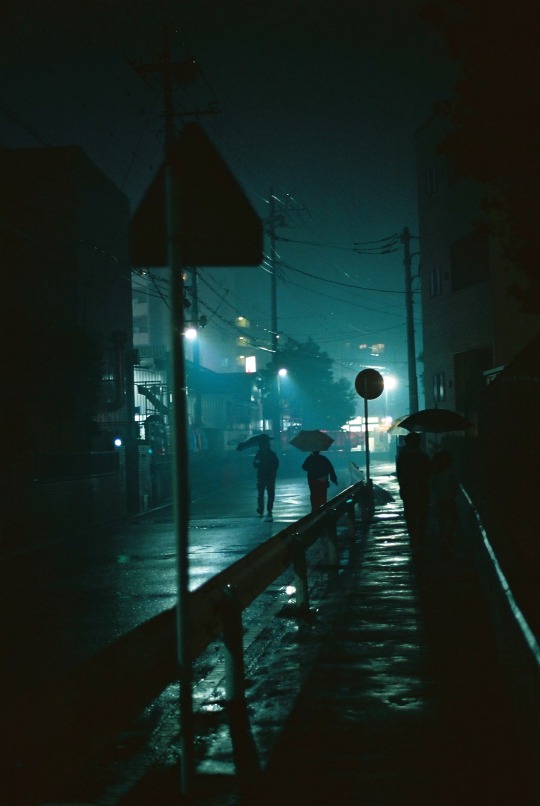
#35mm#35mm film#film photography#color photography#original photography#analog#film#film camera#street photography#nightcity#nightscape#night photography#japan#rainyday#rain#photographers on tumblr#ishootfilm#filmisnotdead#fujifilm#fujifilm 400#pentax#mz-3#PENTAX MZ-3
1K notes
·
View notes
Text
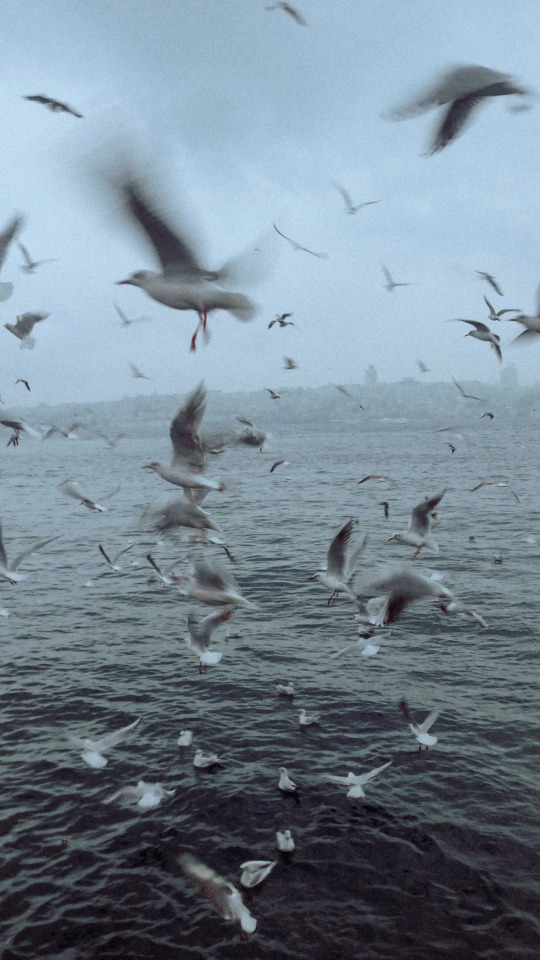
sessizlik ve suskunluk.
829 notes
·
View notes
Text


aquarium on film
#mine#photography#35mm#35mm film#film photography#canon ae1#kodak colorplus 200#aquarium#fish#fishblr#north carolina#moody aesthetic#animals#animal photography#water aesthetic#ocean aesthetic#oceancore#jellyfish#grainy aesthetic#blurry aesthetic#film camera#film grain#aquariums#dreamy aesthetic
804 notes
·
View notes
Text

i'm a dying breed who still believes
#southern americana#rural south#southern aesthetic#south east#bible belt#35mm photography#rural photography#ethel cain#rural america#rural decay#america#americana#mother ethel#mothercain#catholiscism#catholic#southern gothic#rural aesthetic#rural#appalachia#rust cohle#rural life#rural gothic#ruralcore#film camera#film photography#35mm film#35mm color photography#35mm color film#35mm
420 notes
·
View notes
Text

Downtown, San Francisco on expired fujifilm industrial 100
#analog#color negative#photographers on tumblr#photography#film camera#35 mm#San Francisco#minolta#35mm#35mm color film#35mm film#35mm camera#35mm photography#filmisnotdead#film photography#analog photography#fujifilm#expired film
1K notes
·
View notes
Text
Finetta 88 Camera
The Finetta 88 camera caught my eye on a visit to London a year or so ago when I had about an hour during a walk down Portabello Road. I met with Juliano, the owner of Cameras London, who was still in the process of setting up. As I was looking over his extensive items on the multiple tables he has, I saw the grey body of the Finetta 88 camera.
If you are a camera enthusiast and can go to Portabello Road during the weekends, I highly recommend seeing Juliano. He has an incredible selection of older wood cameras with brass lenses and many of the more common 35mm point-and-shoot cameras that seem to be all the rage now.
As I've mentioned a few times, I'm always drawn to the camera with either a different color or if there is something odd or unusual about the item. Not only is the Finetta that I saw covered in a gray covering on the camera, but the lens is somewhat off-center, giving the camera an "out of the ordinary" look. I put the Finetta 88 camera aside and looked over many other cameras I wanted to purchase. As we discussed the price, I picked up the Finetta again and added it to the few items I purchased that day, and I'm glad I did.
The Company
Finetta-Werk was a German camera manufacturer with roots tracing back to Kamerawerk Peter Saraber, a company founded by Peter Saraber in 1945 in Goslar, Germany. Saraber, a Dutch engineer, initially focused on producing precision optical equipment in the post-war era during heightened demand for affordable and efficient photographic devices. Saraber teamed up with a Voigtlander engineer, Helmet Finke, around 1947 to design and develop a new camera.
"Finetta" was introduced in the late 1940s, marking the company's transition toward a more consumer-friendly image. The Finetta cameras, characterized by their simplicity, durability, and relatively low cost, appealed to post-war Europe's growing middle class. Early models, such as the Finetta 88, showcased Saraber's dedication to compactness and practicality, featuring a straightforward mechanism for capturing 35mm images, including a new two-leaf shutter system, which they applied for a patent. They also invented a new film advance system with double exposure prevention.
By the 1950s, the company rebranded as Finetta-Werk and expanded its product lineup. The Finetta 99 was notable for its interchangeable lenses, which had a new three-prong lens mount and included a series of four different lenses. The lenses included a Colorfinar 70mm f/5.3, a Telec 90mm f/4.5, a wide-angle 35mm Berthiot lens, and the normal Finetar 45mm f2.8 lens. Along with the lenses, Finetta improved design quality, reflecting a shift toward competing with established brands like Kodak and Agfa.
Another interesting fact is that in 1954, Finetta started working with Jacques Bolesy of the Bolsey camera company to help with the design and production of their small, compact Bolsey 8 subminiature still and movie camera. Unfortunately, Finetta went out of business soon after and closed their factory in 1957.
Finetta cameras were often praised for their ergonomic designs and mechanical reliability, offering a stepping stone for amateur photographers transitioning into more serious photographic endeavors.
My Camera:
My Finetta 88 camera is covered in an odd fabric. It has a herringbone-style pattern and is not the normal leather or leatherette covered in most cameras. It is more of a fabric material, but it does have a great feel to it, and I like the greyish color, which gives the camera an elegant appearance.
The Finetta is 3" tall by 5 1/8" wide by 2.5" deep from the front of the lens to the back of the camera, and weighs 1lb, and .7 ozs, and comes with a Finetar 45mm f2.8 lens which has a three-prong bayonet. There is no locking mechanism on the lens mount, so you must be careful when focusing on the camera. If you turn the lens too far, the mount will start to move, and the lens will pop off, which is pretty small. The lens does "click" into place, but it can somewhat easily come off without the locking pin.
My lens focuses from 2.8 feet to infinity. It may focus closer as the lens rotates past the 2.8-foot mark on the lens. The aperture settings are on the inside of the focus ring. The camera doesn't have an internal focus system, so all the focus is guesswork, judging the distance, and setting focus. The aperture range is from f2.8 to f16 and is indicated by a small notch on the setting ring.
With the lens removed, you can easily see the two-leaf shutter system. The camera only has a few different shutter speeds, ranging from 1/250, 1/100, 1/50, 1/25, and "B" for timed exposures. The shutter speeds are set on a very small and challenging knob next to the lens.
One thing I noticed about the camera when I first picked it up and started to play with it was that things seemed backward from what I am used to. I'm used to filming advanced turning in a clockwise movement, but this camera goes counterclockwise. It's the same as taking the back off the camera to load the film. To open the back, you turn the knob on the bottom in a clockwise motion. The back is held onto the camera with none other than a bolt-style fastener which is held onto the camera with a larger circular nut that screws on to keep the back onto the camera body. To me, that is the motion to tighten, but on this camera, it's the motion to untighten and remove the back to load the film.
When I removed the back from the camera, I noticed a couple of things right away. My Finetta 88 had a film cassette in the camera. I'm not 100% sure who makes this cassette. Still, it's very similar to the Leica cassettes in design, with two outer compartments and an inner spool. The cassette is also held into the camera with a locking lever that slides over the end of the cassette to keep it in place. The second item I noticed was a bright and shiny pressure plate over the shutter area to keep the film flat as it's transported across the chamber. The pressure plate needs to be lifted when loading the 35mm film. The third item noticed was a larger, thicker take-up spool on the camera's right side. This one is similar to what I wrote about with the Corfield Periflex camera. There is a slot to put the 35mm leader into, which is needed to load the camera.
A built-in, double exposure prevention system is within the camera's transport. Once you trip the shutter, under the take-up spool is a small piece of metal that pushes out and stays out until you wind the camera, which cocks the shutter and flattens that piece of metal, allowing you to take the next photo. I guess there's a pin that pushes out the metal piece, and when the film is advanced, it will enable the pin to fall back into place for the next photo.
On top of the camera is nothing more than the film advance knob on the right side, which turns counterclockwise to advance to the next frame. The frame counter, accessory/flash shoe, and rewind knob are on the far left.
My Results:
The camera is very straightforward and somewhat basic in its operations. I didn't use the 35mm cassette that came with the camera; I just used a regular 35mm roll of film. I put in a roll of T-Max 125 film and walked through the neighborhood to see what kind of results the camera could produce. After I got back from my walk through the neighborhood, I processed the film, and here are a few of the shots I took.
My Conclusion:
The Finetta 88 camera took a bit to get used to. I kept on trying to turn the advance knob in the wrong direction; the shutter speed dial was small and difficult to turn. That may be more of a camera cleaning issue, but I changed to other speeds. The lens did start to unmount a couple of times, but nothing disastrous to the point where the lens fell off the camera. The focus is smooth on my camera; it was more operator malfunction than anything, but overall, the camera was enjoyable to shoot with, and I think the lens I have on this camera is sharp.
I'll definitely want to shoot with this camera in the future. It was fun and a pleasant experience overall.
Thank you for taking a few minutes from your day to learn about this interesting mid-century camera I have in my collection.
Until next week, please be safe.
#camera#camera collecting#Camera from Germany#german camera#German camera#Finetta#Finetta 88#Finetta camera#Peter Saraber#Goslar#Goslar Germany#fun camera#Camera for fun#cameras you should own#cameras from the 1940s#colored camera#grey camera#35mm#35mm film#35mm film camera#interesting camera#cameras you should want#Finnetta-Werk#simple camera#great optics#bayonet mount#film#film camera#film in camera#film camera collector
0 notes
Text



Dyke Night 2 06/29, with soap wrestling
#wlw pride#wlw community#lgbtqiia+#happy pride 🌈#pride weekend#pride 2024#queer spaces#queer pride#san antonio#chappell roan#dyke#masc lesbian#masc4femme#sapphic#indie sleaze#indie#digital camera#35mm film#nightlife#wlw post#butch lesbian#girls who like girls#sapphic love#cobrasnake#2014 sleaze#2010s fashion#2010s aesthetic#queer love#queer photography#gay photography
796 notes
·
View notes
Text
Consider Few Factors About Refurbished Film Camera
Refurbished and used 35mm film cameras are cameras that have been repaired, cleaned, and tested to ensure they are in good working condition. It is usually cheaper than new cameras and can offer a vintage aesthetic and feel. For more details visit the site.
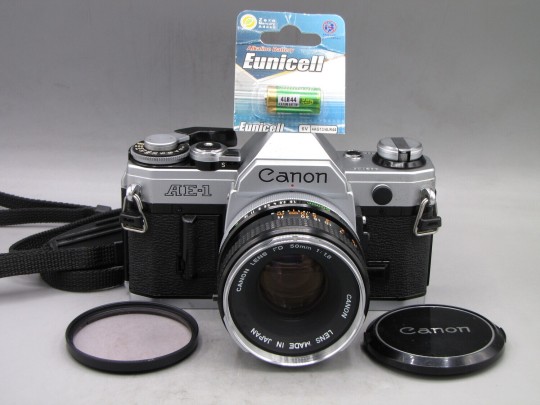
1 note
·
View note
Photo
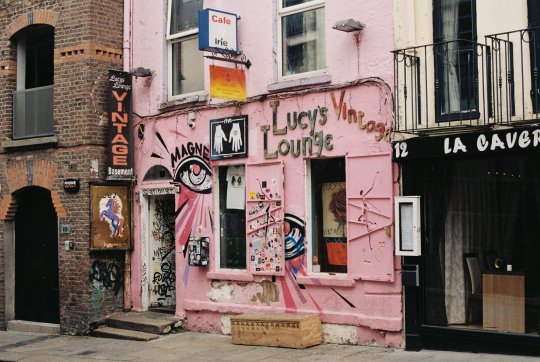
Lucy's Lounge, Dublin, April 2022 (35mm)
#my photography#35mm#35mm photography#35mm camera#35mm diary#35mm film#photographer#photographers#original photography on tumblr#original photographers#original photographic works#original photography blog#film#film photography#lensblr#through my eyes#women photographers#dublin#35mmmagazine#kodak#kodak film#olympuscamera#olympusphotography#om2n#film grain#filmisalive#female photographers#photographers on tumblr#photographerslife#city photography
5K notes
·
View notes